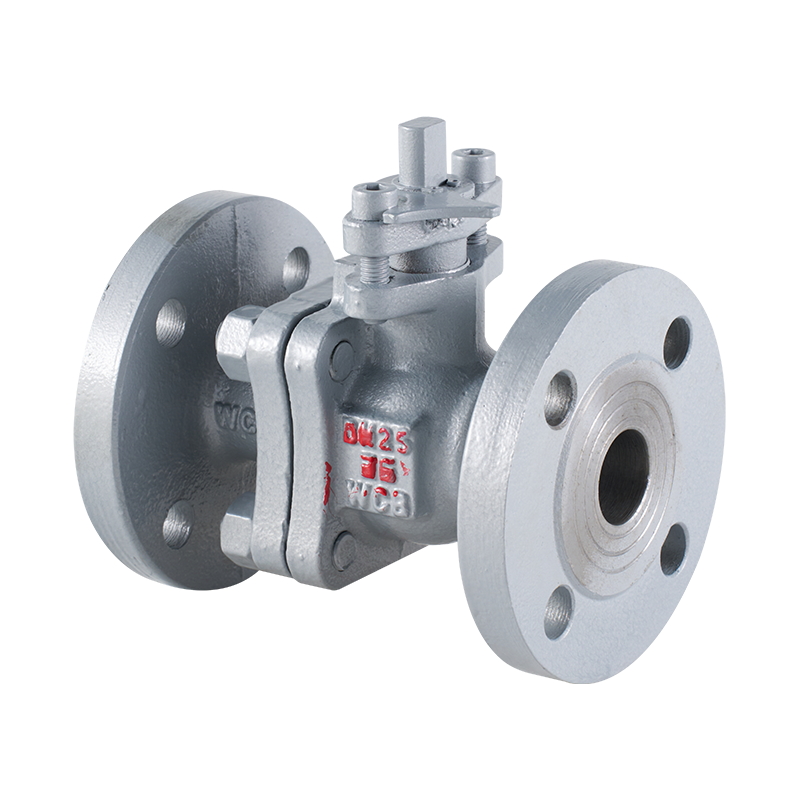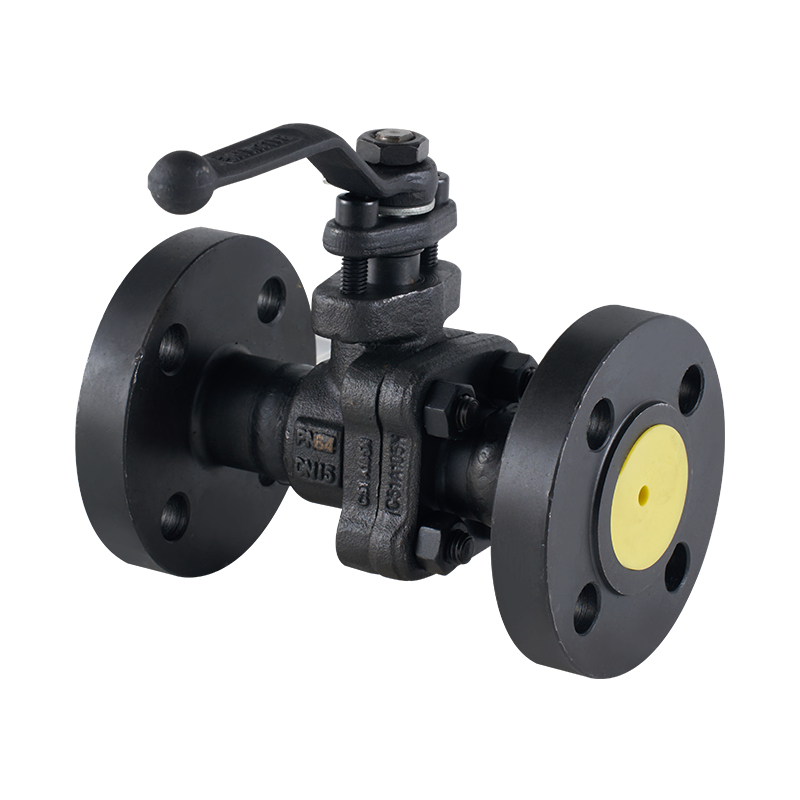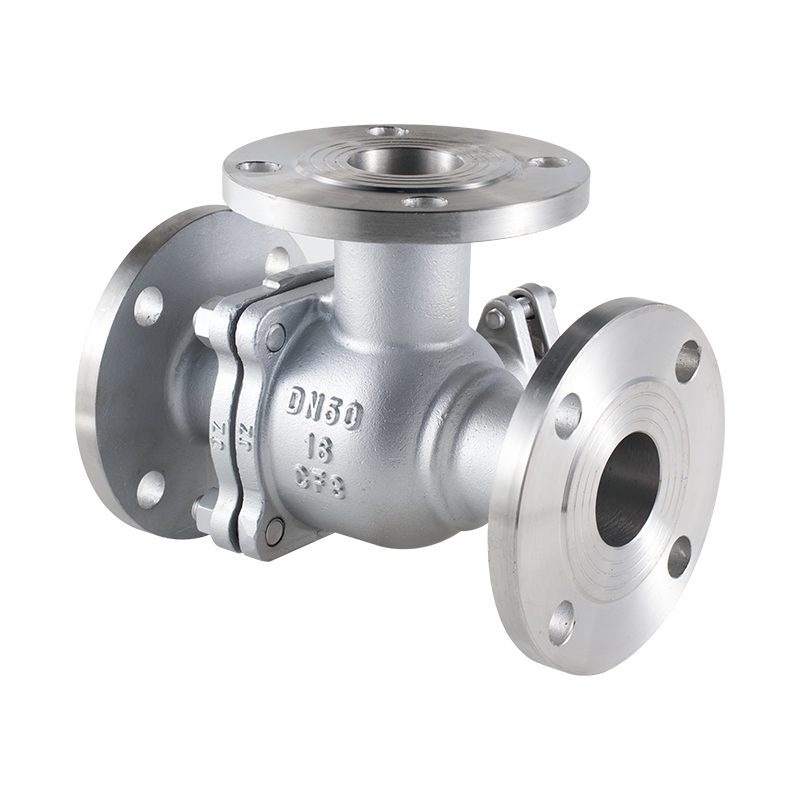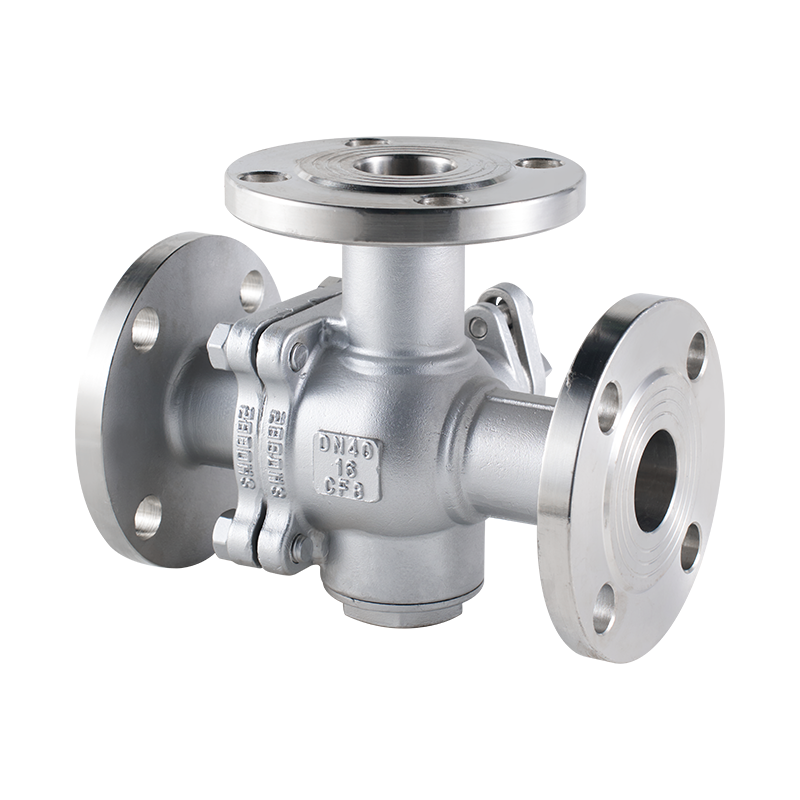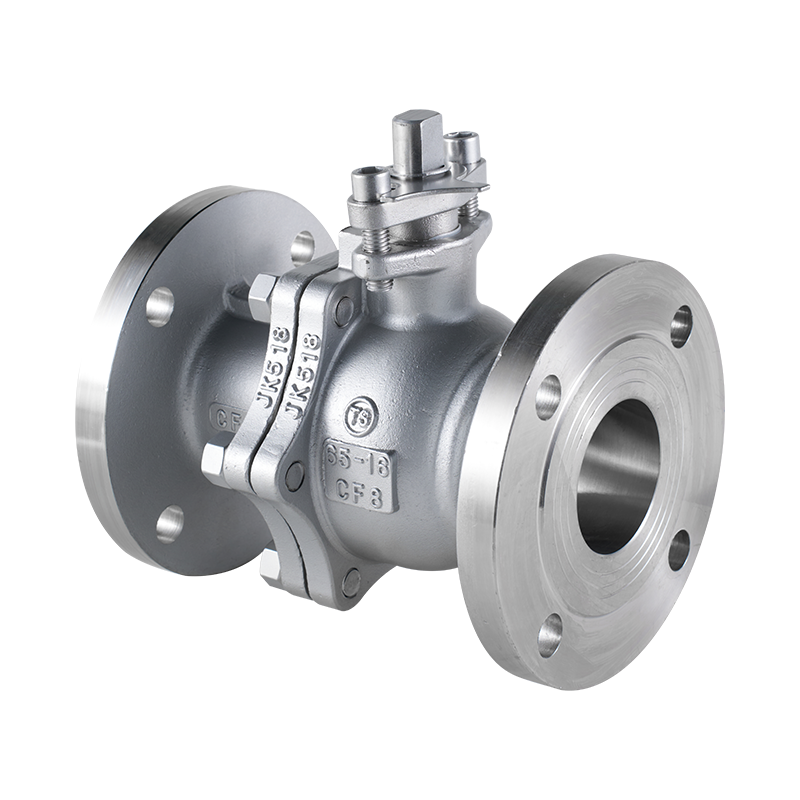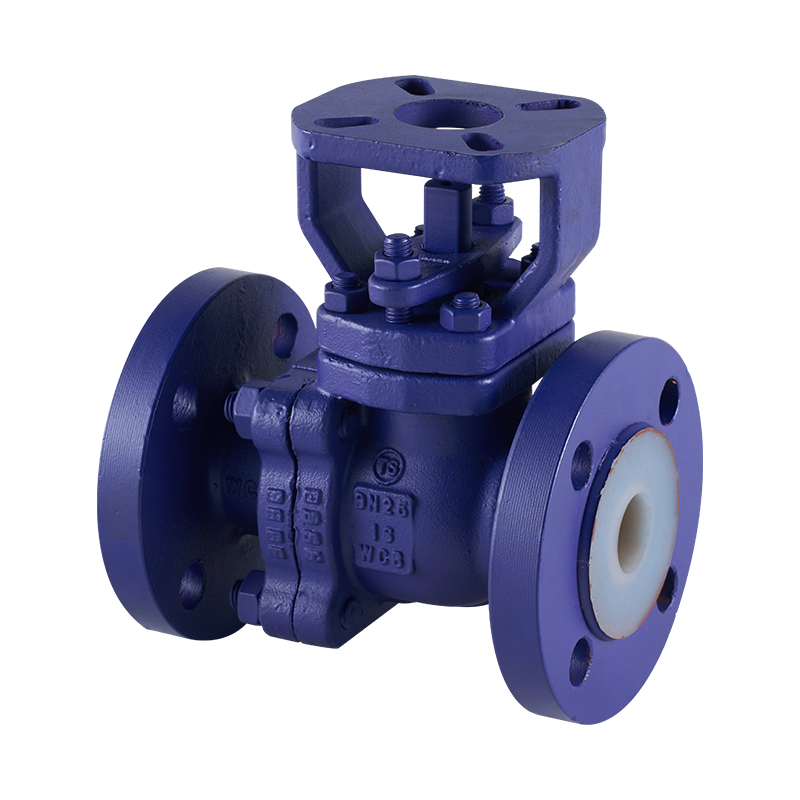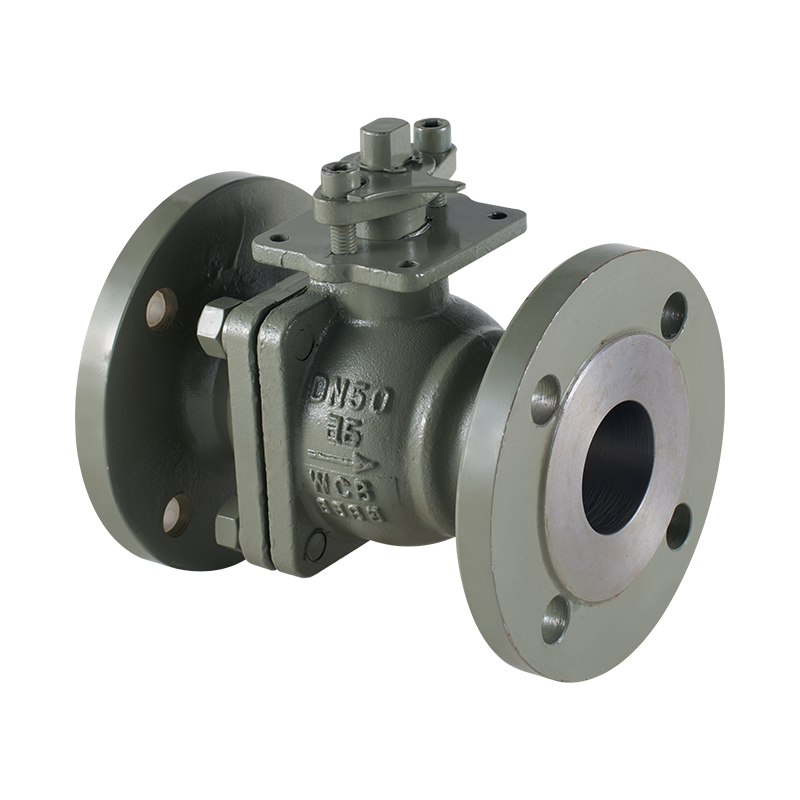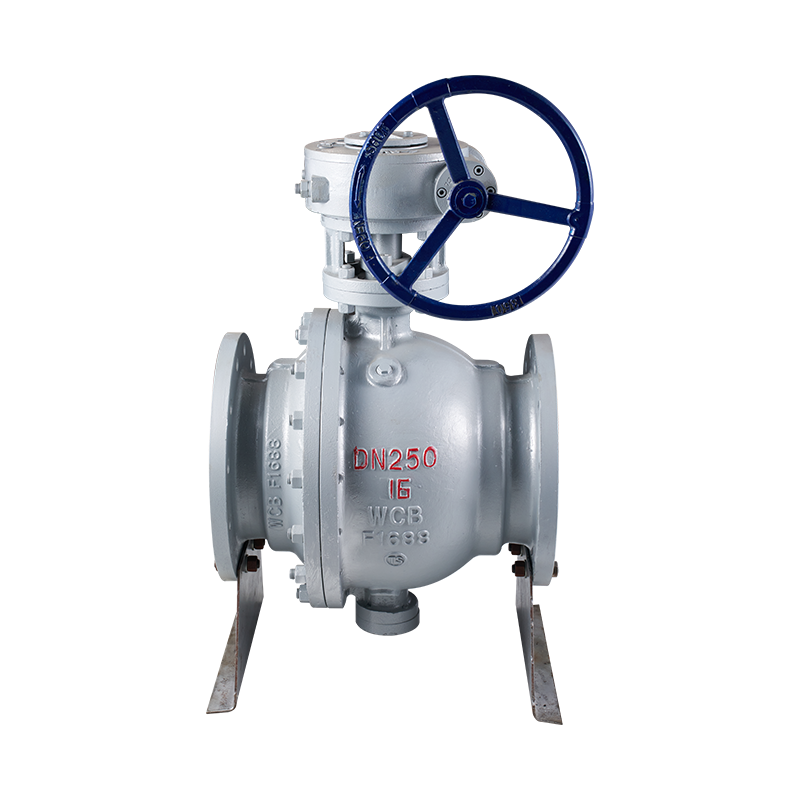The Full Port Sanitary Industrial Gate Valve is a vital component in fluid control systems, especially in industries like food and beverage, pharmaceuticals, and biotechnology. Its primary function is to provide precise on/off control, enabling the smooth flow of fluids while preventing contamination. With its robust construction, the Full Port Sanitary Industrial Gate Valve offers several advantages, such as minimal pressure drop and resistance to corrosion, making it a top choice for sanitary applications.
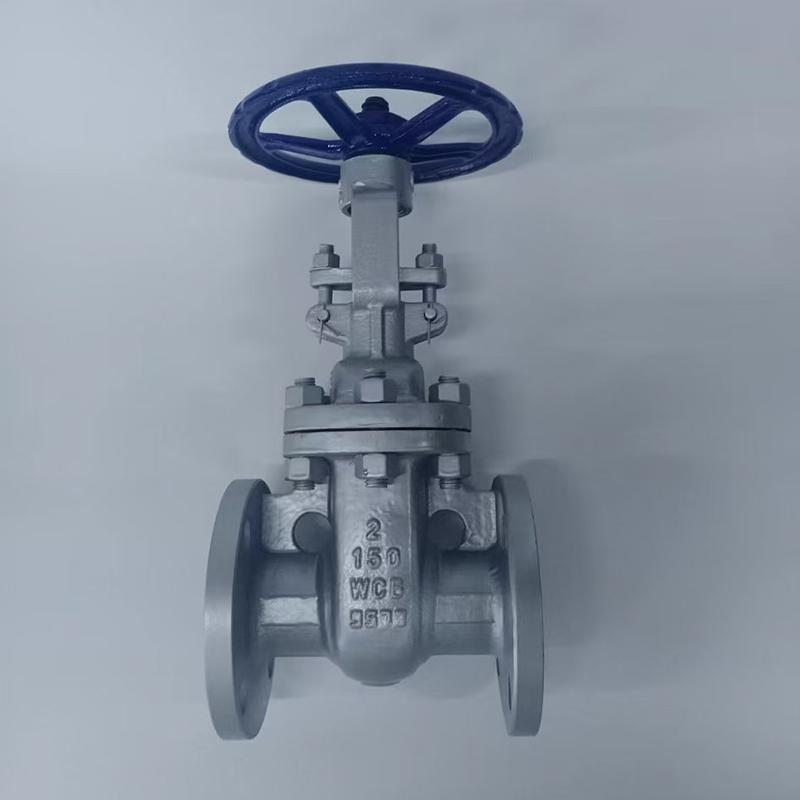
A Full Port Sanitary Industrial Gate Valve is specifically designed to meet the needs of industries that require high standards of hygiene and cleanliness. These valves are constructed with polished surfaces and are free of crevices or threads that could harbor bacteria or other contaminants. The “full port” designation means that the valve bore is the same size as the pipeline it's connected to, which ensures that there is no restriction in the flow. This is particularly important in sanitary applications, where a free, unobstructed flow of fluid is required.
Typically, these valves are made from stainless steel to ensure corrosion resistance and to maintain sanitary conditions. They are designed to be easy to clean and maintain, with features that allow for thorough cleaning without the need for disassembly.
The dimensions of the Full Port Sanitary Industrial Gate Valve are crucial in determining how it integrates with the rest of the system. These dimensions include the valve's nominal size, face-to-face length, end connections, and bore size, all of which impact its flow rate, installation, and overall performance.
1. Nominal Size (NPS)
The nominal size (NPS) of a valve refers to the approximate diameter of the valve's internal bore. For Full Port Sanitary Industrial Gate Valves, the nominal size typically ranges from ½ inch to 12 inches, depending on the application and the size of the pipeline. The NPS indicates the valve's compatibility with the system's pipeline diameter, ensuring that there is minimal disruption to the flow when the valve is installed.
A key advantage of the Full Port Sanitary Industrial Gate Valve is its ability to provide a bore size that matches the pipeline diameter exactly. This design eliminates the risk of pressure drops or flow restrictions, which is especially important in applications requiring consistent and high-flow fluid movement, such as in pharmaceutical production lines or food processing plants.
2. Face-to-Face Length
The face-to-face length of a Full Port Sanitary Industrial Gate Valve refers to the distance between the valve's two ends (the faces where the valve meets the pipe). This dimension is critical because it affects how the valve fits into the system and determines how much space is needed for installation. Depending on the valve's size, this length can vary, but for sanitary gate valves, the face-to-face length is typically standardized to ensure compatibility with industry-standard pipe fittings and flanges.
For example, a 2-inch Full Port Sanitary Industrial Gate Valve may have a face-to-face length of around 5 inches, while a 6-inch valve may have a face-to-face length of approximately 10 inches. These standardized dimensions ensure that the valve can be easily integrated into an existing pipeline system without requiring custom fittings or additional modifications.
3. End Connections
Full Port Sanitary Industrial Gate Valves come with various types of end connections, including sanitary clamp ends, weld ends, or threaded ends, depending on the specific requirements of the system. The end connections must match the pipeline to which the valve is being installed. These connections ensure a secure, leak-proof fit that maintains the integrity of the system.
Sanitary clamp connections are common in applications where frequent cleaning and sterilization are required, such as in food and beverage production. Welded ends, on the other hand, are ideal for systems that demand high strength and durability, making them suitable for pharmaceutical and chemical processing applications.

 English
English 中文简体
中文简体


